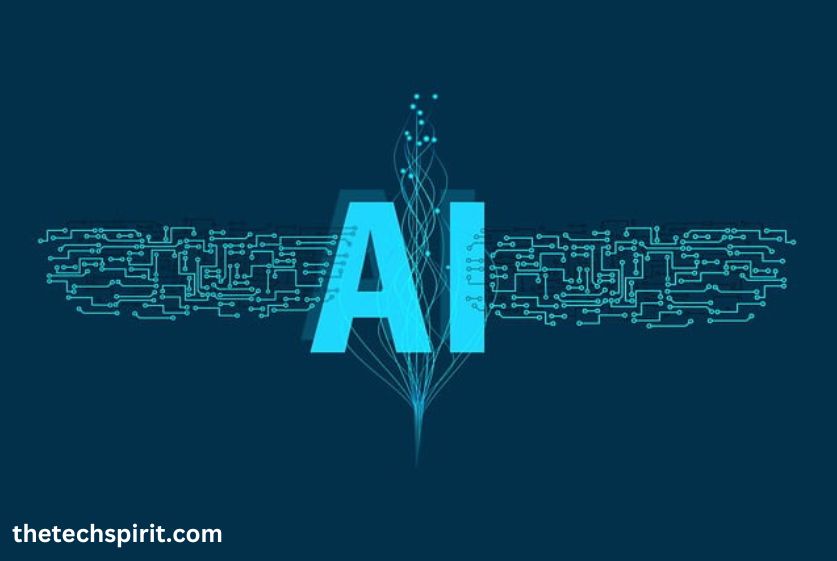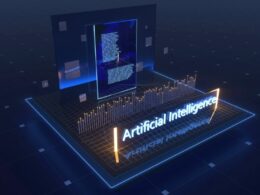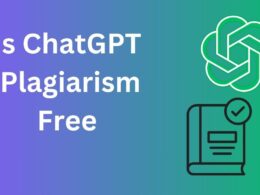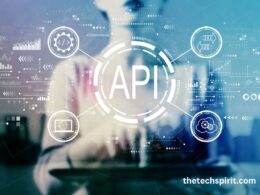Artificial intelligence 101, or AI, is one of the most transformational technologies shaping our world today. But for those new to the field, AI can still seem complex and confusing. This beginner’s guide aims to demystify AI in simple terms, explaining key concepts from the ground up.
Table of Contents
What is Artificial Intelligence?
So what exactly is artificial intelligence? Let’s break it down step-by-step.
AI Defined
At its most basic level, artificial intelligence refers to computer systems or machines that are designed to perform tasks that would otherwise require human intelligence.
Instead of being explicitly programmed for every scenario, AI systems learn on their own, processing large volumes of data to find patterns and insights. This ability to learn and improve independently is what sets 21st-century AI apart from older attempts at automating human tasks with computer code.
Different Types of AI
There are a few main types of artificial intelligence to be aware of:
- Narrow or weak AI: Designed to carry out very specific, predefined tasks. Examples include chatbots, self-driving cars, or personal assistants like Siri.
- General or strong AI: In theory, this kind of AI would perform intellectual tasks comparably to humans. It remains hypothetical, though some believe it could be developed within our lifetime.
- Superintelligence: Another hypothetical form of AI that would surpass all human intelligence. This could emerge if general AI continues advancing exponentially.
So in summary – today’s AI excels at narrow tasks but hasn’t come close to human-level cognition yet. The debate continues around if or when more advanced AI could emerge.
Brief History of AI
The vision for “thinking machines” dates back centuries, but AI as a formalized field is relatively young – about 70 years old. Here’s a quick history lesson:
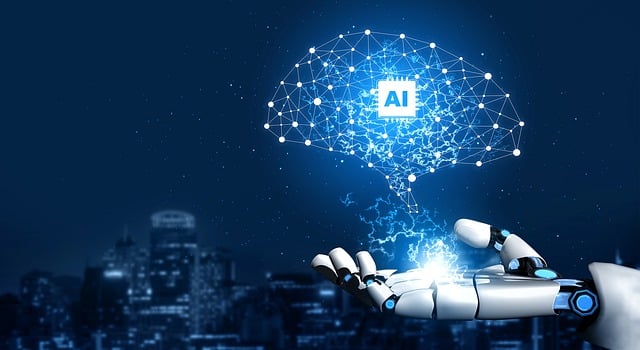
- 1956: The term “artificial intelligence” is coined at an academic conference at Dartmouth College. This sparks serious research efforts toward realizing the AI dream.
- 1966: ELIZA, an early natural language processing system, convincingly mimics human conversation and fools some people into thinking it understands them.
- 1997: IBM’s Deep Blue defeats world chess champion Garry Kasparov, demonstrating AI’s potential in complex strategic games.
- 2011: IBM’s Watson triumphs at Jeopardy against former champions, showcasing AI’s language comprehension skills.
- 2016: Google DeepMind’s AlphaGo beats a 9-dan professional player at the complex board game Go, seen as an AI breakthrough.
- 2020s: AI continues advancing rapidly, powering everything from recommendation systems to automated factories. The future remains uncertain!
As this history shows, interest and expectations around AI have waxed and waned over time. However, the capabilities of AI systems have consistently marched forward.
How AI Works
Alright, enough background – how do these so-called “thinking machines” actually work? What gives AI its impressive abilities?
Machine Learning
The secret sauce behind most modern AI is a technique called machine learning. As the name hints, machine learning algorithms “learn” by analyzing large sets of data, looking for patterns that can then guide future decisions and predictions.
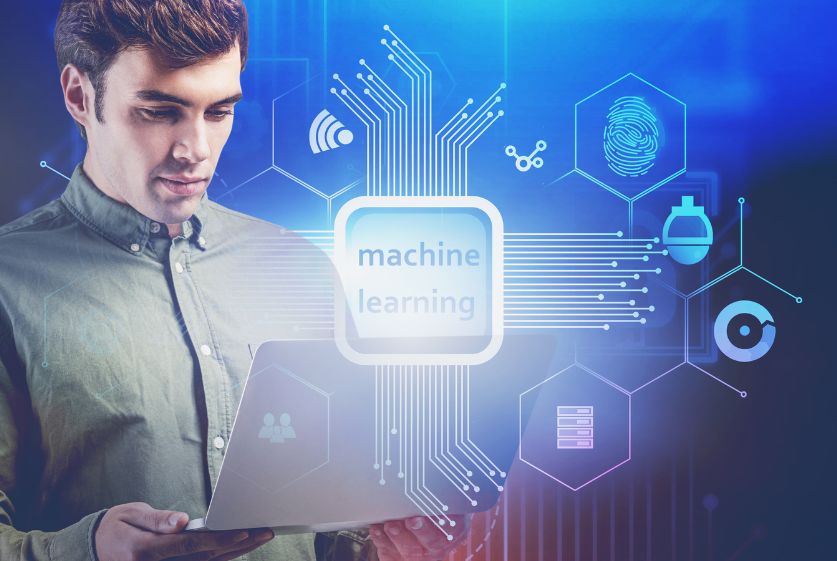
This might mean:
- Predicting whether an email is spam based on its content and metadata
- Translating a spoken sentence from English to Mandarin based on language examples
- Identifying skin cancer from an image by spotting visual patterns
Unlike traditional code with rigid rules, machine learning models improve themselves over time by constantly incorporating new data. The more quality data they access, the smarter they get.
Neural Networks
A subclass of machine learning with incredible potential is neural networks. Loosely modeled after the neuron structure of animal brains, these AI systems are structured in interconnected layers that process data signals as they pass from input to output.
By analyzing training data, neural networks automatically strengthen or weaken the signal between virtual neurons – rewiring themselves to become extremely adept at tasks like image classification, speech processing, and language translation.
Deep learning represents an evolution of neural networks with many hidden layers. Their advanced structure enables understanding complex concepts like facial expressions or spoken words.
Natural Language Processing
One especially impressive branch of AI is natural language processing (NLP). This allows computer systems to parse, understand, and generate human languages like English.
Specific NLP skills include:
- Sentiment analysis: Interpreting emotional tone and opinions within text
- Topic modeling: Automatically labeling and sorting documents by theme
- Speech recognition and generation: Transcribing speech to text and vice versa
- Language translation: Translating entire passages fluidly between languages
Together, these techniques allow AI systems to communicate naturally with people – a highly complex task requiring serious intellectual horsepower!
Applications and Examples of AI
Now that you understand some of its core mechanisms,
what is AI useful for?
Turns out – a lot!
AI in Business
AI is transforming everything from banking to agriculture. In business alone, AI streamlines processes like:
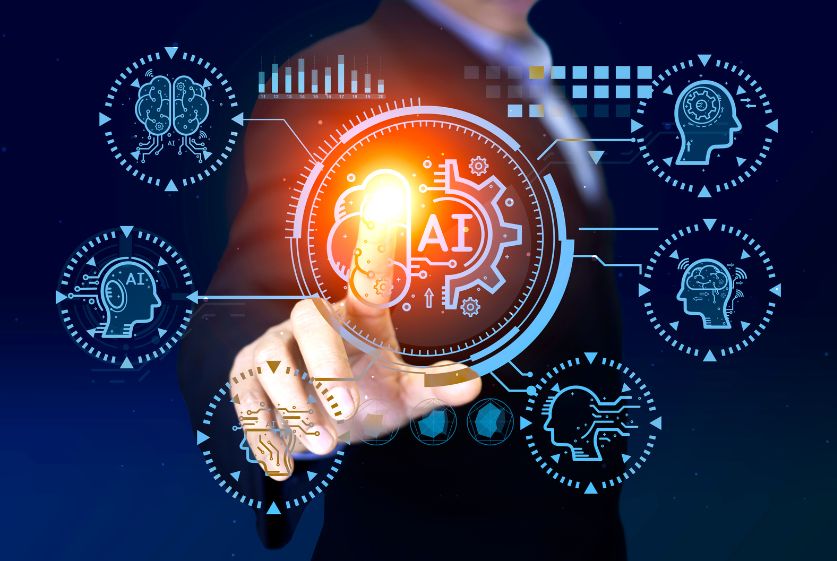
- Predictive analytics identifying profitable new customers
- Automated attendants handling routine customer queries
- Fraud monitoring flagging unauthorized transactions
- Supply chain optimizations reducing waste and delays
- Targeted advertising placing relevant promotions
As these examples show, Artificial Intelligence allows businesses to save money, boost performance, understand their customers, and scale their operations in unprecedented ways.
AI in Healthcare
AI also holds amazing potential for improving patient outcomes in healthcare. Applications in development include:
- Automated diagnosis spotting early disease indicators in scans and tests
- Intelligent patient coordination ensures proper care across providers
- Medication management optimizing complex drug regimens
- Virtual nursing assistants provide helpful guidance to patients
- Surgical assist robots guide finer movements during operations
Through personalization and automation, AI aims to make quality healthcare accessible to all.
AI in Education
In classrooms, AI is enabling tools like:
- Adaptive learning platforms tailoring instruction to each student’s level
- Intelligent tutors providing customized feedback on work
- Automated grading quickly evaluates assignments
- Lifelong learning companions aiding adults as education continues
AI looks set to amplify human teaching while also making quality education more affordable and accessible.
The Future of Artificial Intelligence 101
Like any powerful new technology, artificial intelligence raises pressing questions about the future it might bring.
AI Safety and Ethics Concerns

As AI capabilities improve, experts urge investing in:
- Verification methods ensuring reliability and security
- Control mechanisms keeping AI goal-oriented
- Exploitability of making AI logic transparent
- Fairness removing biases from data and decisions
- Accountability tracing impacts back to human builders
With care, AI can empower people and prosperity. Without enough foresight, it risks compounding existing social issues like inequality and prejudice.
Exciting Possibilities of AI
On the bright side, responsible AI development could also catalyze:
- Medical advancements curing intractable diseases
- Scientific breakthroughs accelerating discoveries
- Ingenuity explosions driving new inventions
- Economic gains boosting standards of living globally
- Liberation from routine work frees up human potential
Like any tool, AI itself is neither good nor bad. With ethical innovation, its benefits can outweigh potential costs for individuals, businesses, and society as a whole – leading to an amazing future powered by intelligent machines!
Conclusion
I hope this beginner’s guide has peeled back some of the mystery surrounding artificial intelligence. What was once science fiction is now an ever-advancing set of technologies already bettering our world in places.
Key points to remember include:
- AI broadly refers to computer systems that mimic human learning and decision-making
- Machine learning, neural networks, and NLP power today’s AI to impressive effect
- AI already assists us across the business, medicine, education, and more
- Developed responsibly, AI can transform our future for the better while risks remain
As an emerging field, AI will continue rapidly evolving in the coming decades. With an open and curious mindset, anyone can help steer where it goes next!
FAQs
Q1: Is today’s AI intelligent?
Not truly. Present AI excels at narrow applications but lacks generalized thinking skills characteristic of human intelligence. True intelligence remains exclusive to biological minds!
Q2: When will we achieve human-level AI?
Hard to say for sure. Some experts predict within this century, while others argue this kind of general AI is impossible or at minimum centuries away still. Basic AI tools meanwhile advance steadily.
Q3: What is the biggest risk from advanced AI?
A possible scenario involves unrestrained AI “superintelligence” concluding that human values don’t align with its programmed goals. AI safety mechanisms are being researched to address risks before they become a reality.
Q4: What excites people the most about AI’s potential?
Everything from curing chronic diseases to achieving world peace has been suggested! More plausibly, transforming fields like education, sustainability, space travel and human creativity itself attract lots of optimism.
Q5: Who can start benefitting from AI applications today?
Anyone! There are user-friendly AI tools already assisting everyday people via smartphones and apps. Students, office workers, medical patients, and consumers encounter basic AI daily, whether they realize it or not!





